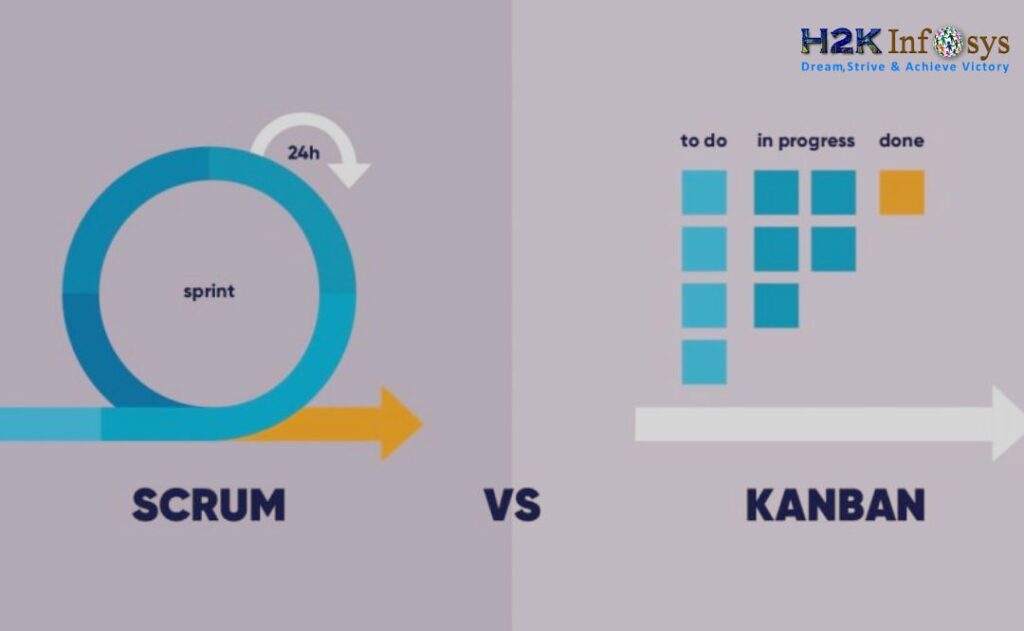SQL (Structured Query Language) is a crucial skill for data analysts, allowing them to manage and manipulate data stored in relational databases. Whether you’re just starting or have some experience, preparing for an SQL interview can be daunting. This guide covers essential SQL interview questions to help you succeed and secure your dream data analyst position.
1. Basic SQL Interview Questions
1.1. What is SQL?
SQL stands for Structured Query Language, a standard programming language used for managing and manipulating relational databases. It enables users to query data, update records, and perform various operations on data within a database.
1.2. What are the different types of SQL commands?
SQL commands are categorized into five main types:
- DDL (Data Definition Language): Commands like
CREATE,ALTER,DROPthat define the structure of the database. - DML (Data Manipulation Language): Commands like
INSERT,UPDATE,DELETEthat manipulate data within tables. - DQL (Data Query Language): The
SELECTstatement, used to query data from the database. - DCL (Data Control Language): Commands like
GRANT,REVOKEthat control access to data. - TCL (Transaction Control Language): Commands like
COMMIT,ROLLBACK,SAVEPOINTthat manage transactions within the database.
1.3. What is a primary key?
A primary key is a unique identifier for each record in a table. It ensures that each entry in the table is unique and cannot be null. Primary keys can consist of one or more columns.
1.4. What is a foreign key?
A foreign key is a column or a set of columns in one table that references the primary key of another table. It establishes a relationship between the two tables and ensures referential integrity.
1.5. What is a join? Explain the different types of joins.
A join is an SQL operation that combines rows from two or more tables based on a related column between them. The different types of joins include:
- Inner Join: Returns only the rows with matching values in both tables.
- Left (Outer) Join: Returns all rows from the left table and the matching rows from the right table. Non-matching rows from the right table return NULL.
- Right (Outer) Join: Returns all rows from the right table and the matching rows from the left table. Non-matching rows from the left table return NULL.
- Full (Outer) Join: Returns all rows when there is a match in either left or right table. Non-matching rows return NULL.
2. Intermediate SQL Interview Questions
2.1. What is normalization? Explain its types.
Normalization is the process of organizing data in a database to reduce redundancy and improve data integrity. The types of normalization are:
- First Normal Form (1NF): Ensures each column contains atomic values, and there are no repeating groups.
- Second Normal Form (2NF): Achieved when a table is in 1NF and all non-key columns are fully dependent on the primary key.
- Third Normal Form (3NF): Achieved when a table is in 2NF and all non-key columns are not dependent on other non-key columns.
- Boyce-Codd Normal Form (BCNF): A stricter version of 3NF, where every determinant is a candidate key.
2.2. What are indexes in SQL?
Indexes are used to speed up the retrieval of data from a database table. They create an entry for each value and provide a pointer to the data row it is associated with. While they improve query performance, they can slow down data modification operations like INSERT, UPDATE, and DELETE.
2.3. What is a subquery?
A subquery, also known as an inner query or nested query, is a query within another SQL query. It provides a result set that can be used in the main query. Subqueries can be placed in the SELECT, FROM, WHERE, and HAVING clauses.
2.4. What is a stored procedure?
A stored procedure is a prepared SQL code that you can save and reuse. It contains one or more SQL statements and can accept parameters, perform operations, and return results. Stored procedures are used to encapsulate logic, improve performance, and enhance security.
2.5. What is a view in SQL?
A view is a virtual table based on the result set of an SQL query. It contains rows and columns, just like a real table, but does not store the data itself. Views are used to simplify complex queries, secure data, and present data in a specific format.
3. Advanced SQL Interview Questions
3.1. What is a transaction in SQL?
A transaction is a sequence of one or more SQL operations that are executed as a single unit of work. It ensures data integrity by following the ACID properties: Atomicity, Consistency, Isolation, and Durability. Transactions can be controlled using the COMMIT, ROLLBACK, and SAVEPOINT commands.
3.2. What is a trigger in SQL?
A trigger is a stored procedure that automatically executes or fires when certain events occur in the database, such as INSERT, UPDATE, or DELETE operations. Triggers are used for enforcing business rules, maintaining data integrity, and auditing changes.
3.3. What is the difference between HAVING and WHERE clauses?
The WHERE clause is used to filter rows before grouping, whereas the HAVING clause is used to filter groups after grouping. The WHERE clause cannot contain aggregate functions, while the HAVING clause can.
3.4. What is a CTE (Common Table Expression)?
A CTE is a temporary result set defined within the execution scope of a single SQL statement. It is created using the WITH keyword and can be referenced in the main query. CTEs are useful for simplifying complex queries and improving readability.
3.5. Explain window functions in SQL.
Window functions perform calculations across a set of table rows related to the current row. They are used to compute running totals, rank rows, and perform other aggregations. Unlike aggregate functions, window functions do not collapse rows into a single result. Common window functions include ROW_NUMBER(), RANK(), DENSE_RANK(), and NTILE().
4. SQL Performance Optimization Questions
4.1. How can you improve query performance in SQL?
Improving query performance involves several strategies, including:
- Using Indexes: Create indexes on columns used frequently in WHERE, JOIN, and ORDER BY clauses.
- *Avoiding SELECT : Retrieve only the necessary columns to reduce the amount of data transferred.
- Optimizing Joins: Use appropriate joins and avoid unnecessary joins.
- Using LIMIT: Limit the number of rows returned by a query to reduce processing time.
- Analyzing Query Execution Plans: Use EXPLAIN or EXPLAIN ANALYZE to understand and optimize the query execution path.
4.2. What is the difference between clustered and non-clustered indexes?
A clustered index determines the physical order of data in a table and is unique to each table. A non-clustered index, on the other hand, does not alter the physical order of data and can exist multiple times per table. Clustered indexes provide faster retrieval for range queries, while non-clustered indexes are suitable for exact-match queries.
4.3. What is database normalization, and why is it important?
Database normalization is the process of organizing data to minimize redundancy and improve data integrity. It involves dividing large tables into smaller, related tables and defining relationships between them. Normalization ensures data consistency, reduces data anomalies, and optimizes storage.
4.4. How do you handle duplicate records in SQL?
To handle duplicate records, you can use the DISTINCT keyword to eliminate duplicates in the result set. Alternatively, the GROUP BY clause can group rows with the same values, and the COUNT() function can identify duplicates. For deleting duplicates, a common approach is to use the ROW_NUMBER() function with a CTE to identify and remove duplicate rows.
4.5. What is database denormalization?
Denormalization is the process of combining normalized tables to improve query performance. It involves adding redundant data to tables, which can reduce the number of joins and speed up data retrieval. However, denormalization can lead to data inconsistency and increased storage requirements, so it should be used judiciously.
5. Behavioral SQL Interview Questions
5.1. Can you describe a challenging SQL project you’ve worked on?
In this question, interviewers seek to understand your problem-solving skills and experience. Describe a specific project, the challenges you faced, and how you overcame them. Highlight your technical skills, collaboration with team members, and the impact of your work.
5.2. How do you stay updated with the latest SQL developments and technologies?
Demonstrate your commitment to continuous learning by mentioning resources like online courses, blogs, forums, and conferences. Discuss any certifications you’ve obtained or plan to pursue, and highlight your interest in exploring new SQL features and best practices.
5.3. How do you approach debugging SQL queries?
Outline your systematic approach to debugging, including reviewing query logic, checking for syntax errors, using print statements or logging, and analyzing query execution plans. Emphasize your attention to detail and
Conclusion
mastering SQL interview questions is essential for success as a data analyst. This guide has provided key insights into the types of questions you may encounter, along with strategies to effectively prepare and respond. By understanding fundamental concepts, honing problem-solving skills, and practicing with real-world scenarios, you’ll be well-equipped to showcase your expertise and confidence during interviews. Remember, thorough preparation is the key to unlocking your potential and landing your dream role. Keep practicing, stay updated with the latest SQL trends, and approach your interview with a positive mindset. Good luck!


























3 Responses